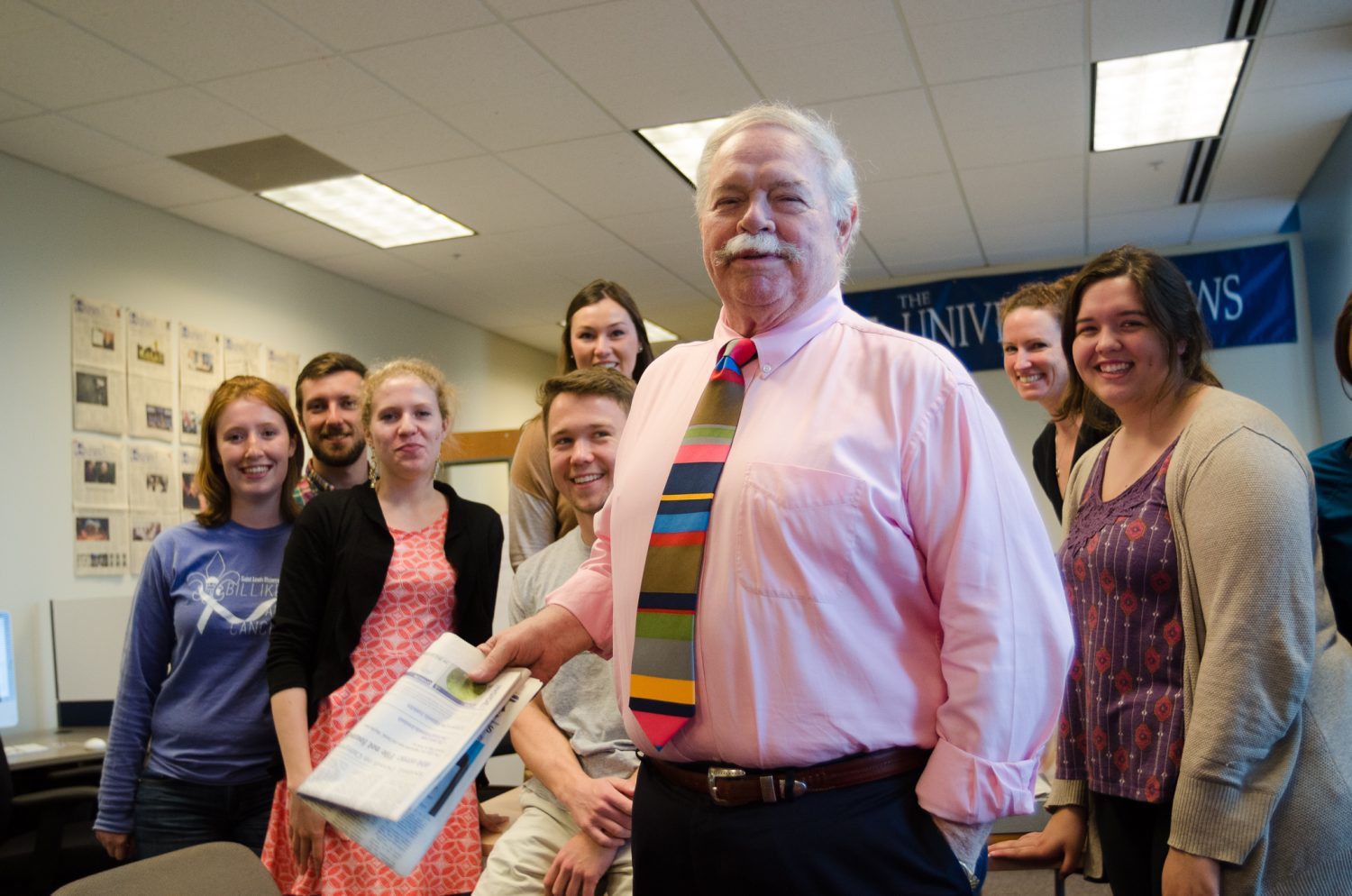In a society where pleasure and affluence go hand in hand, the
use of chemical substances has lost the fear and importance it once
seemed to hold. Marijuana, perhaps the most recognizable illegal
drug today, has over the last two decades expanded its hold on
America, moving from the streets to schools, from chemotherapy
patients to cannabis clubs.
The absence of a real need for the drug, its ineffectiveness in
medical scenarios, the deleterious effects upon youth, its place
among the already present abuse of legal substances, and the
inability to regulate the drug make marijuana particularly harmful
and serve as reasons to prevent any further legalization.
The National Institute on Drug Abuse (NIDA), a division of the
National Institutes of Health and the U.S. Department of Health and
Human Services, reports that Americans use marijuana more
frequently than all other illegal substances. Twelve million
children over the age of 12 use the drug at least once a month. In
1985, the federal government allowed the use of the drug in easing
the nausea and chronic pain associated with chemotherapy. Since
then, proponents of legalization of marijuana champion this fact as
proof of what they consider a dramatization of the damage caused by
the drug.
More research, however, shows that marijuana holds no relevant
position in the amelioration of pain.
A new class of treatments is proving far more effective. The
National Cancer Institute states that its “scientists feel that
other antiemetic drugs or combinations of antiemetic drugs have
been shown to be more effective than synthetic THC [that is,
marijuana] as ‘first-line therapy’ for nausea and vomiting caused
by anticancer drugs.” The statement does include recognition of the
use of synthetic THC when other options do not exist, but reasserts
that negative side effects may occur: “The expected side effects of
this compound must be weighed against the possible benefits.
Dronabinol often causes a “high . . . this sensation may be
unpleasant for some individuals.” Other painkillers such as
morphine, fentanyl, codeine, and vicodin, are already administered
and work fine.
Furthermore, marijuana has a negative impact on the health and
the character of our country. Short-term effects of use include
difficulty in problem-solving and coordination. More lasting
effects include damage to the heart. A user’s risk of heart attack
more than quadruples in the first hours after smoking
marijuana.
And while the drug may serve as a remedy for the pain of cancer
treatments, it paradoxically has carcinogenic effects of its own.
Mental health also decreases with extended use, exhibited by social
and behavioral problems with friends and peers, anxiety disorders
and depression. Moreover, studies confirm the correlation between
long-term use by adolescents and decreased academic
performance.
Marijuana has proven itself the gateway drug, serving as the
stepping-stone to other harder substances for users who quickly
tire of cannabis’ euphoric effects.
These days, television commercials and print ads illustrate the
efforts of the massive campaign taken against tobacco companies. In
addition, similarities do exist between all three substances,
chiefly tobacco and marijuana. The NIDA report demonstrates that
“someone who smokes marijuana regularly may have many of the same
respiratory problems that tobacco users do.”
But the argument for tobacco and alcohol use is not the one at
hand. Research finds them injurious and measures should be enforced
to ensure the health and safety of the people in the U.S. At this
time, however, hypocrisy lies not at the heart of the issue. Simply
because two detrimental substances are legal does not open the door
for legalization of all banned drugs. If anything, the harmful
ripple effect of alcohol and tobacco stands as testament to the
problems associated with the use of any controlled substance. The
futility of prevention efforts also demonstrates the difficulty in
creating the boundary between acceptable drugs, amounts and
justifications for use. Additionally, the argument that marijuana
use will continue regardless of legalization is moot: the nation
cannot legalize assault, robbery and murder merely because they
occur.
The state of California has already permitted the operations of
cannabis clubs, which provide marijuana to victims of chronic pain.
These shops claim that certification from a licensed physician is
required. Yet individuals with such vague complaints as headaches
and back pains gain access to the drug, reflecting the loose
regulation of this industry in just one state. This inappropriate
management foreshadows the continuation of few checks in obtaining
the drug, thereby exploiting destitute immigrants and encouraging
the dangerous lifestyles associated with the drug trade.
While several countries like the Netherlands and Canada, have
recently allowed for the sale and recreational as well as medicinal
use of the drug, the majority of the world does not permit this.
Neither should the U.S.
It lacks purpose in the treatment of illness and it has negative
effects on the health of both youth and adults. While maybe
appearing trivial compared to abuse of harder substances, the
legalization debate begs the question, what next?
But, perhaps more appropriately, given the wide range of the
drug from those who casually smoke to full-blown addicts, the
question should be, who next?
Maryam Zia is a sophomore studying biology and
Spanish.




